By Loan Frame:
With all Central legislation in place and only State level ratification pending, the stage is set for GST implementation. The 1 July 2017 target also seems realistic given that the major hurdles have been crossed.
GST will throw up many opportunities and challenges, and SMEs will be impacted to a greater extent. Under current laws small manufacturers with turnover below Rs. 1.5 crores p.a. are exempt from duties under the SSI (Small Scale Industries) provision. The corresponding exemption threshold under GST is Rs20 lacs. Moreover, certain categories of businesses will compulsorily have to register under GST irrespective of turnover levels. This means many businesses that hitherto did not have to worry about indirect tax compliance will have to rework their way of doing business. Since GST’s primary objective is to help consolidate and streamline the elaborate (and confusing) process of indirect taxation and make it easier to administer, it is only logical that a wider tax net will and should result.
Here are some of the most significant ways in which GST’s imminent implementation will affect SMEs positively. This of course is apart from that one biggest impact: a business will pay one consolidated tax instead of the surfeit of taxes including State Value-Added Tax (VAT), Central Excise, Service Tax, Central Sales Tax (CST), Entry Tax (Octroi), Luxury Tax, and others.
1. Reductions in logistics costs and efficiencies in goods movement
Indian transport vehicles spend an inordinate amount of time waiting at check posts due to the need for scrutiny of documents and imposition of state levies. As a result, Indian truckers cover an average of 280kms per day as against a global average of 400kms and the US average of 700kms. With the elimination of multiple levies, the check posts will also be eliminated thus making movement of goods between states much easier, faster, and cheaper. According to Shailesh Jacob, CEO of Loan Frame, “GST can bring down logistics costs for transportation of non-bulk goods by as much as 20% according to estimates by CRISIL! More significantly, GST will thus incentivise SMEs to look beyond state borders, which can be a game changer.”
2. Reductions in start up costs and efforts
Any new business needs to have a VAT registration from the sales tax department besides myriad others depending on the type of product or service. A business operating across multiple States has to register with the tax authorities of each state besides obtaining a CST registration. Jacob adds, “Centralized and singular registration under GST will make starting up easier, faster, and cheaper. Moreover, the VAT exemption limit is just Rs. 5 lacs turnover p.a. whereas the GST exemption limit is higher at Rs. 20 lacs turnover p.a.”
3. Relief for service providers who also sell
If one looks at a businesses like a restaurant, it provides a service and sells products. Such businesses have to calculate the VAT and service tax on both items separately. The complexity of the calculation is just part of the problem; the confusion leads to disputes with customers. Since GST is a tax on goods and services, there will be just one single levy on the total value.
4. Improved cost competitiveness
In the current indirect tax regime, taxes are levied at each stage with excise duty being levied on manufacture. Compare this with GST, which is levied only at point of sale- not purchase and definitely not manufacture. This means that the consumer bears the GST charged by only the last dealer in the supply chain, thus simultaneously making it cheaper for the consumer and increasing the profitability of the business. However, SMEs that manufacture consumer goods which are sold directly to end- customers- and were hitherto exempt due to the turnover threshold– will come under the tax net and thus see their customers pay a higher price.
To understand this implication better, consider the case of the recent Supreme Court ban on sale of BS-3 vehicles from 1 April 2017. The manufacturer of the vehicle had already sold the vehicle to the dealer and had also paid excise duty on unsaleable inventory, which creates the complexity of claiming excise duty refunds on these vehicles in the current scenario.
5. One Nation, One Tax. And Also One Market
The true extent of the ‘One Market’ benefit of GST will be realized most by SMEs. Under the current tax regime, the ability of SMEs to reach potential consumers across India is limited. Take the case of a SME manufacturing aluminum billets in Maharashtra with an aluminum extrusions business in Gujarat as a potential customer. Practically, this customer remains out of reach for the SME and one significant reason is the CST on inter-state sales. Input credit on this CST is not available to the customer and hence increases the purchase cost in his hands if he buys from this particular SME. Larger manufacturers on the other hand open depots in other states and use stock transfers to their advantage. “Under GST with complete input tax credit mechanism, SMEs will be on a level playing field and can compete on conventional grounds like price and quality rather than be disadvantaged by their location,” advises Jacob.
With these benefits in the post- GST scenario, SMEs will look towards expanding their reach. The better reporting of transactions and inclusion in the tax net will also make these SMEs more credit-worthy at a time when expansion will mean a rise in capital requirement. The higher need for capital will also be driven by some provisions like where stock transfers will attract GST. This will lead to timing differences in payment of tax and increase working capital requirements. Online loan marketplaces like Loan Frame can help SMEs navigate the initial turmoil, structure their business loan applications better, and provide them with access to wide, pan- India network of lenders.











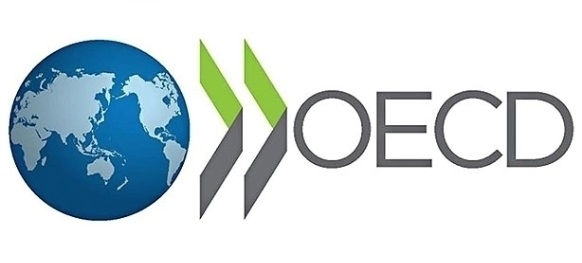


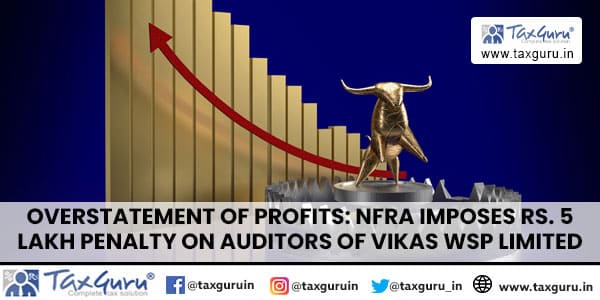
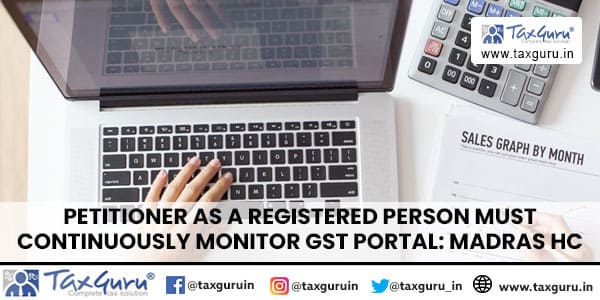
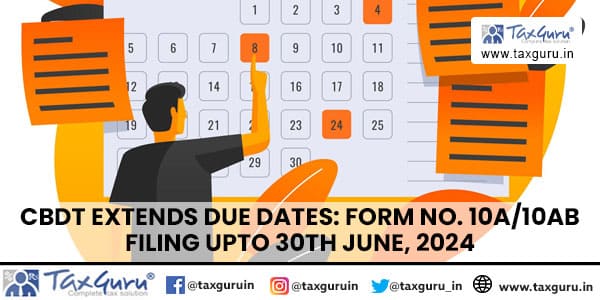
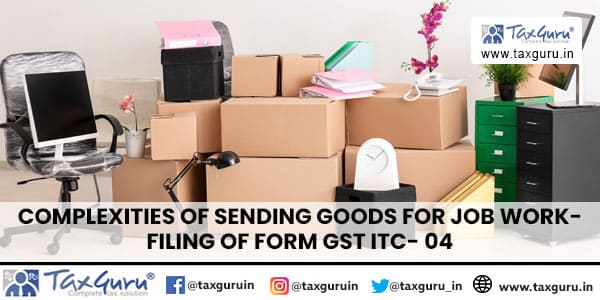

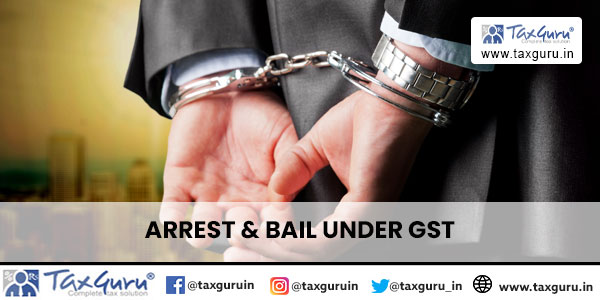
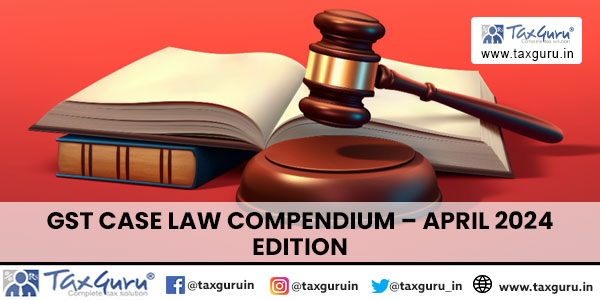

Hello sir, I want to register to GST, What documents are necessary and what process should be followed please guide me.
SME is likely to suffer under GST. Against CST of 2% and vat of 6% in other state, now they have to sale at IGST and SGST totalling any thing in 20 to 26 % approx. The costs will go up. MNCs will start sharing their market. The exemptions given under SSI policies are totally withdrawn. Indian SMEs will have extreme challenges for survival.
with introduction of GST cost to consumer will go up
The introduction of ITC for all earlier taxes (now bundled as GST) is a factor which will make incremental cost to SME due to statutory levies as NIL in spite of increase in overall effective tax rate. The reduced cost advantage due to ITC will more or less nullify the effect of increase in tax rate and consumer will not be much affected. What is also important is that compliance of one law in totality will relieve SME of a cobweb of multiple compliances. In addition, increased turnover due to expansion of market will also offset all adverse effects for the consumer.
“Various Threshold Limits under Income Tax Act [AY 2018-19] ” named your artical most helpful.
Thank you very much for that.
BUT, information like sections 87A & 269SS, I think this information is incorrect, it’s rebate Rs.2,500 for Rs.3,50,000 & Rs.10,000 respectively.
Please, Don’t misunderstanding you are very intelligent than me.
Interstate sales might theoretically seeming beneficial, but we can’t ignore the fact that CST levy is only 2% while levy due to GST will be higher by 3%-25%. So in a way it won’t be beneficial to either consumer or seller (whether SME or anyone else)
MSMEs may suffer. No advantage.
If the people who support GST, want to assure the common people, let the present taxes as applicable for all the items, and the taxes under GST regime be put side by side tabulated properly to assure the people.
Sir
Still I am not able to see how GST will benefit SME. Initially let say SME was paying 5% VAT on product as excise registration is exempted. so if basic price of their product was Rs100 they were billing at 105Rs now they have to bill at 12% or 18% Basically their product cost will be still the same or higher compared to MNCs of same product who will be able to reduce the price.
I beg to differ. SMEs will lose in India. Organised sector will benefit. The removal n reduction of exemptions will hit them badly.